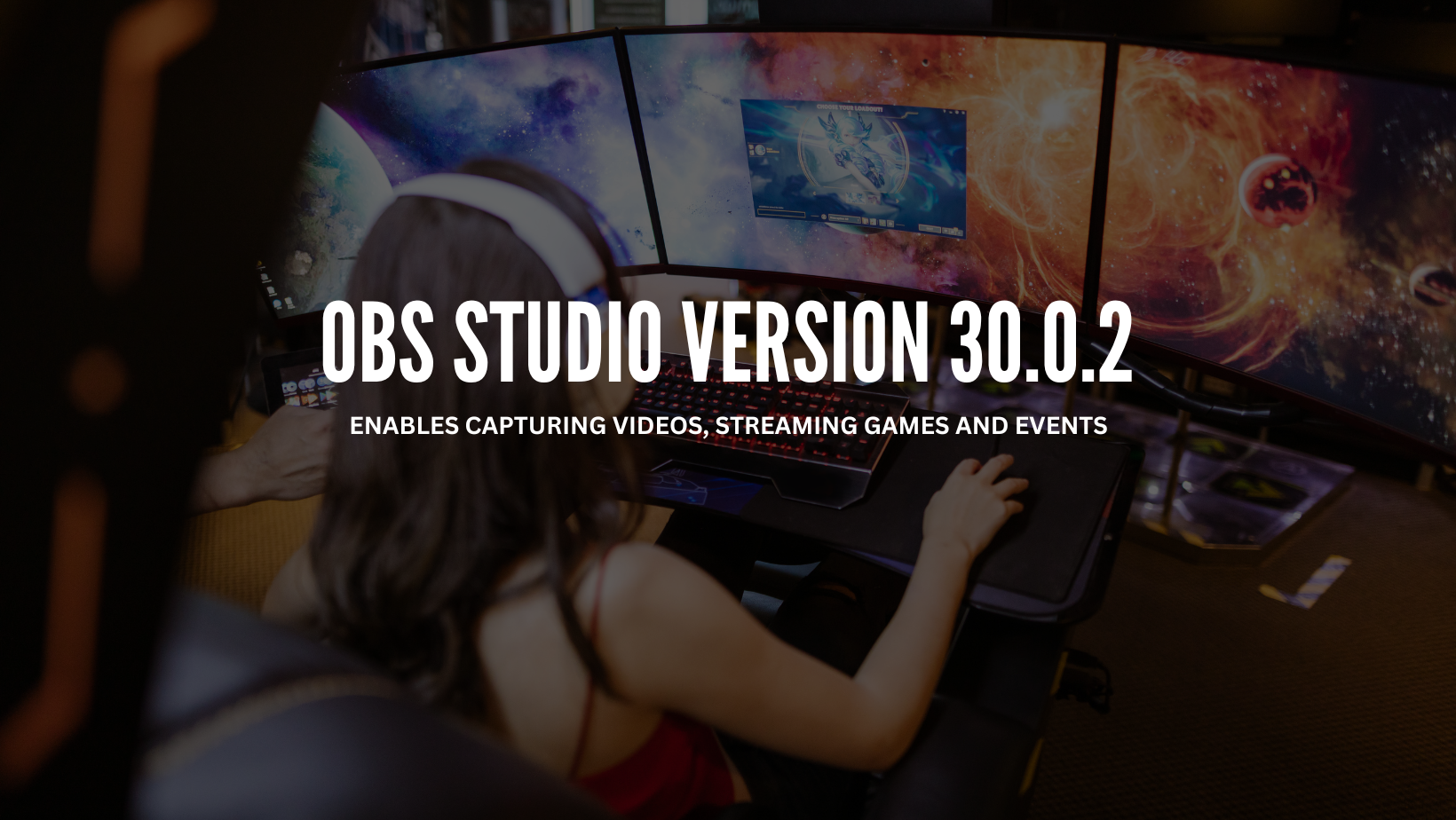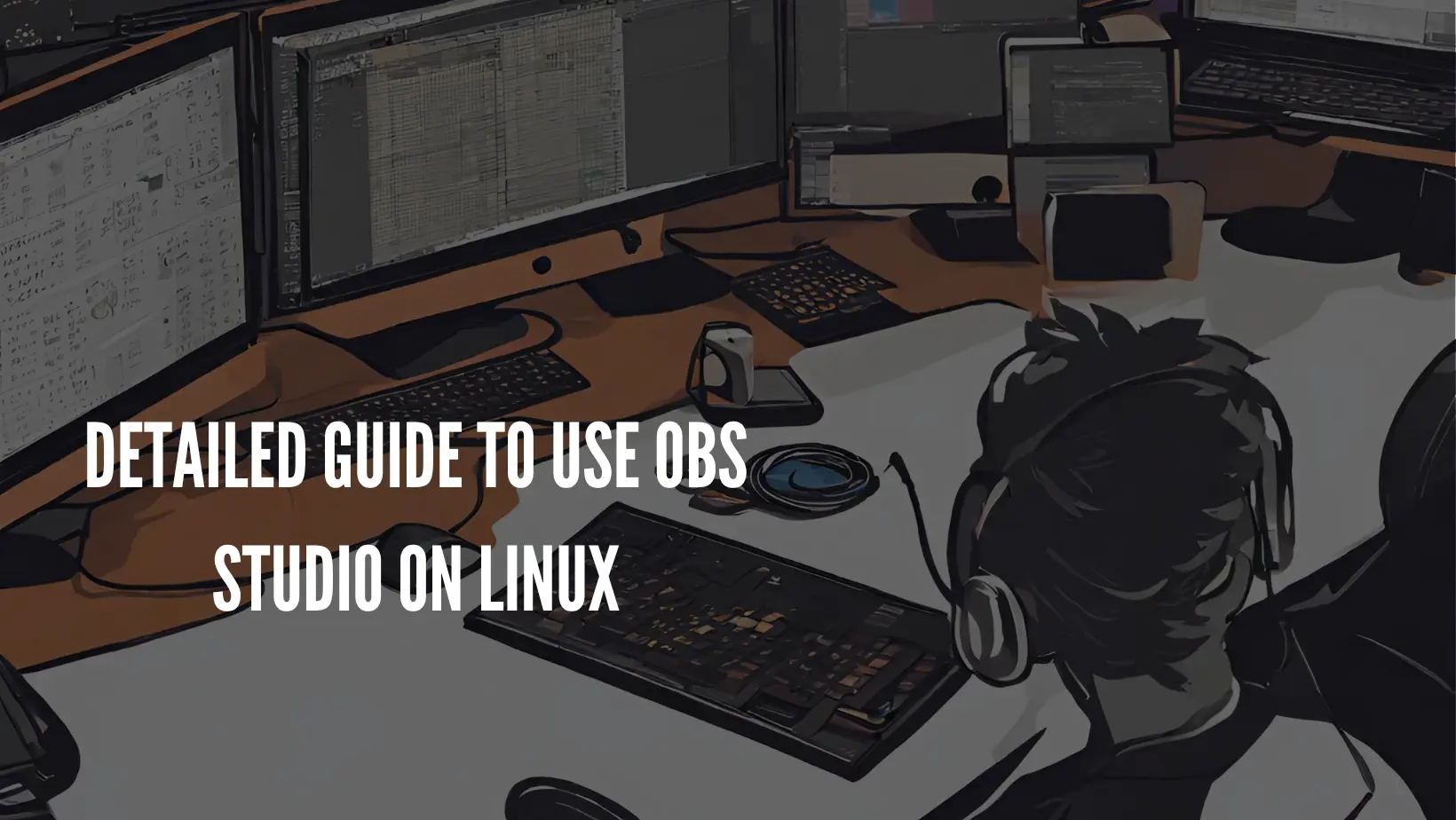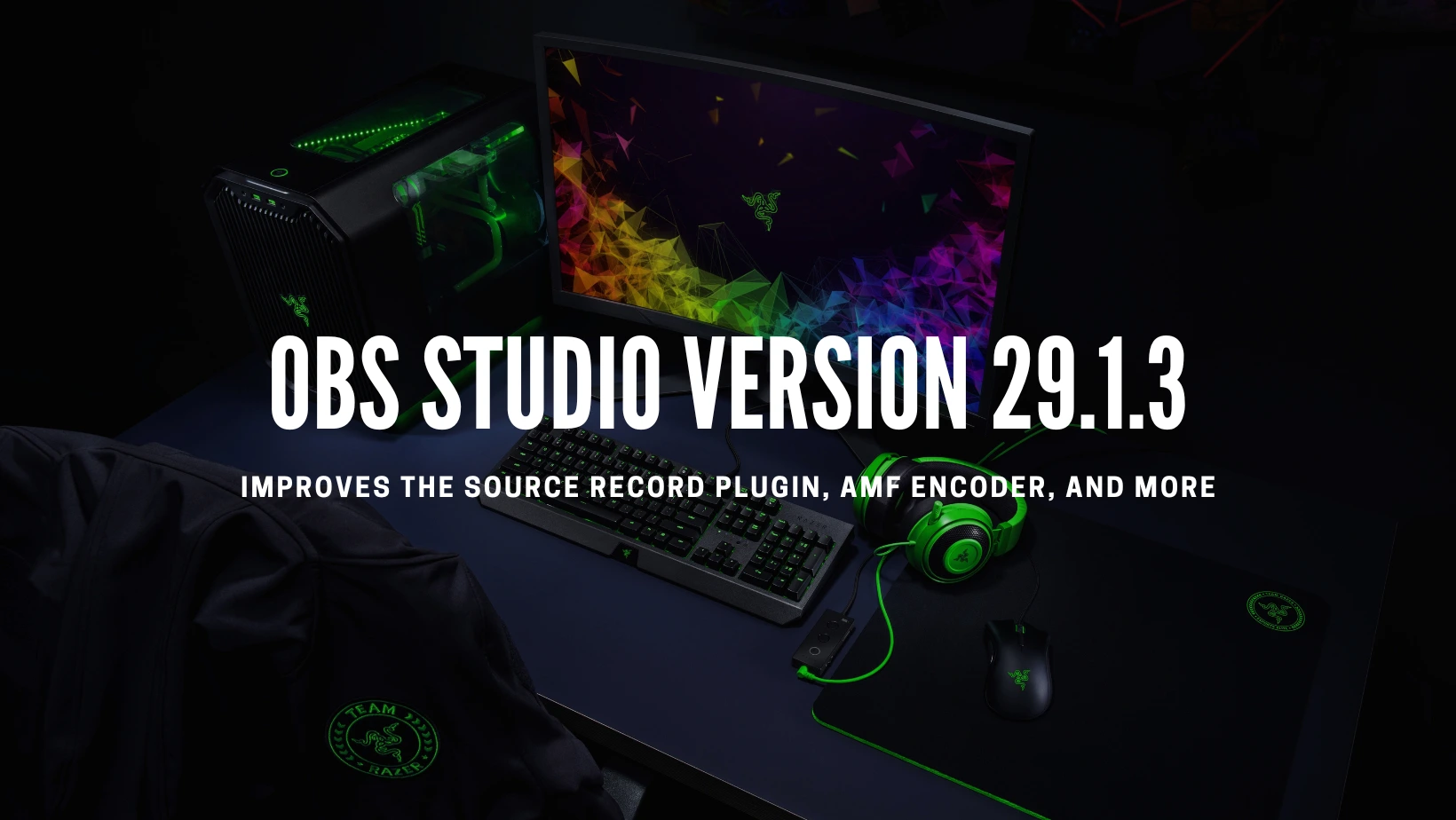OBS Studio vs XSplit: Revealing the Differences
In the domain of live streaming and recording, two prominent software choices stand out: OBS Studio vs XSplit. Each offers plenty of features custom-fitted to meet the diverse needs of content creators, gamers, and experts alike.
Whereas OBS Studio 30.1.2 brags an open-source nature and broad customization capabilities, XSplit prides itself on a cleaned user interface and extra features like built-in video editing tools and scene movies.
This comparison dives into the background, features, execution, compatibility, community back, and pricing of both OBS Studio and XSplit, pointing to providing users with valuable insights to create informed choices regarding their streaming software preferences.
Explore OBS Studio VS XSplit—features, performance, community, and pricing. Detailed insights help users select the best fit for their streaming needs.
Background Information
OBS Studio (Open Broadcaster Software Studio), is a free and open program globally used for live streaming and recording on a daily basis. It offers a bunch of features including customizable scene layouts, support for various sound and video sources, real-time screen capturing, and different plugins for improved functionality.
XSplit is an open broadcasting software made by SplitmediaLabs. It gives comparative convenience to OBS Studio but with a more cleaned user interface and additional features such as built-in video editing devices, scene transitions, and a library of pre-designed designs. XSplit has been accessible since 2010 and has gathered a faithful user base, especially among streamers who prioritize ease of utilization and professional-grade generation values.
In recent years, OBS Studio and XSplit have experienced significant updates and advancements to improve their features and execution. OBS Studio, for example, has presented changes in GPU-based encoding, browser source integration, and better support for different streaming stages. XSplit has centered on refining its user interface, including modern source plugins, and improving compatibility with external devices such as capture cards and webcams. These progressing updates reflect the commitment of both program teams to meet the advancing needs of their user communities.
Comparing OBS Studio vs XSplit
Features and Functionality
When comparing OBS Studio vs XSplit, it’s essential to delve into their features and functionalities to understand their qualities and weaknesses.
1. OBS Studio boasts a wide cluster of features thanks to its open-source nature. It offers customizable scene formats, permitting users to form intricate setups with different sound and video sources. OBS Studio supports high-quality streaming with adaptable settings for video and audio encoding, catering to both beginners and progressed users. It’s compatible with prevalent streaming platforms like Twitch, YouTube, and Facebook Live, guaranteeing wide accessibility.
2. On the other hand, XSplit emphasizes user-friendly features and a polished interface. Its gushing capabilities offer comparative quality to OBS Studio, with natural settings for video and sound output. XSplit moreover supports major streaming stages and gives consistent integration with services like Twitch Alerts for on-screen notices.
3. In terms of recording choices, both OBS Studio vs XSplit offer strong arrangements. OBS Studio permits users to capture their streams locally in different groups, with options for customizing recording settings. XSplit offers comparative recording features, including the capacity to save streams specifically to local capacity with movable quality settings.
4. When it comes to extra features, OBS Studio shines with its broad plugin back and community-driven development. Users can improve their streams with scene transitions, overlays, and other plugins contributed by the community. XSplit, whereas advertising comparable features, gives a more curated determination of built-in moves, overlays, and effects.
However, XSplit’s user-friendly interface makes it easier for fledglings to access and utilize these features without the need for broad customization.
Performance
When assessing the performance of OBS Studio vs XSplit, it’s significant to consider factors such as resource usage and overall stability.
1. During streaming and recording, OBS Studio typically shows productive resource utilization, with direct CPU and RAM usage. Its lightweight plan guarantees smooth operation indeed on lower-end systems, making it open to a wide range of users. OBS Studio’s execution is characterized by its capacity to preserve high-quality streams without significant strain on system resources.
2. Similarly, XSplit demonstrates commendable performance, advertising smooth streaming and recording encounters with direct resource utilization. Its optimized codebase and streamlined features contribute to effective CPU and RAM utilization, resulting in steady performance over diverse hardware setups.
3. In terms of stability and reliability, both OBS Studio vs XSplit have built themselves as reliable streaming arrangements. They experience regular updates and bug fixes to address issues and improve overall stability. Users, for the most part, experience minimal crashes or specialized glitches, permitting continuous streaming and recording sessions.
Compatibility and Integration
Both OBS Studio and XSplit are compatible with a wide run of hardware setups, including capture cards, webcams, and external microphones, offering users adaptability in their streaming setups.
They consistently integrate with well known streaming administrations like Twitch, YouTube, and Facebook Live, allowing for simple broadcasting.
Also, both platforms support integration with video editing programs, empowering users to further improve their content after recording or streaming sessions.
Moreover, both OBS Studio and XSplit support third-party plugins and expansions, permitting users to expand functionality and customize their streaming setups according to their particular needs and preferences.
Community and Support
OBS Studio and XSplit each boast vibrant communities offering broad support and resources for users. OBS Studio benefits from a huge and active community of clients who contribute to forums, tutorials, and guides, giving comprehensive assistance to both beginners and experienced streamers. Its official documentation is strong, covering a wide run of subjects and troubleshooting solutions. Also, OBS Studio incorporates a solid presence on platforms like Reddit and Discord, cultivating a steady user community.
XSplit, moreover, keeps up a devoted user base with access to official documentation, gatherings, and user communities. Whereas its community may not be as huge as OBS Studio’s, XSplit gives responsive customer support through its site and mail channels. Moreover, XSplit offers a knowledge base and video tutorials to help users explore the software and investigate issues. Generally, both OBS Studio and XSplit prioritize user support and engagement, ensuring that users have the assets they ought to succeed in their streaming endeavors.
Cost and Pricing
OBS Studio is completely free, offering all its features without any cost or membership.
In contrast, XSplit offers both free and paid versions. The free version of XSplit gives basic streaming and recording capabilities, whereas the paid versions (XSplit Broadcaster and XSplit Gamecaster) offer extra features such as custom plugins, scene transitions, and support for numerous audio sources.
The paid versions, moreover, come with progressed settings for video encoding and streaming quality. Users can select the adaptation of XSplit that best suits their needs and budget, with the alternative to update for access to more progressed features and customization alternatives.
OBS Studio vs XSplit: Who Won?
In this comparison of OBS Studio vs XSplit, this blog showed the features and functionalities of the two software companies for live streaming and recording, catering to a wide range of users’ needs and preferences. In any case, the choice between the two ultimately depends on personal requirements and needs.
OBS Studio stands out for its open-source nature, broad customization options, and dynamic community support, making it a perfect choice for users looking for flexibility and community-driven advancement.
On the other hand, XSplit excels in user-friendly features, cleaned design, and consistent integration with external gadgets, making it a favored choice for those prioritizing ease of utilization and professional-grade production values.
Related Guides

OBS Studio Version 30.0.2

Detailed Guide to Use OBS Studio on Linux

